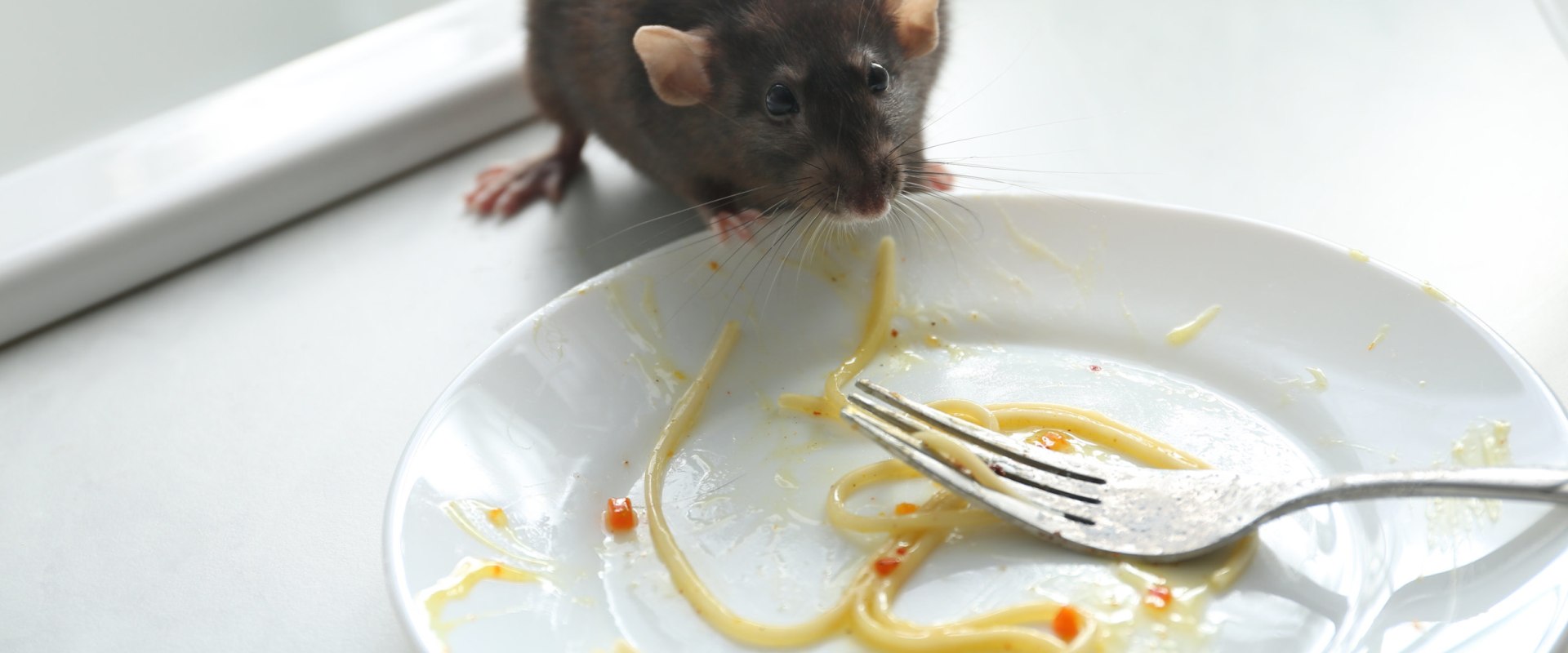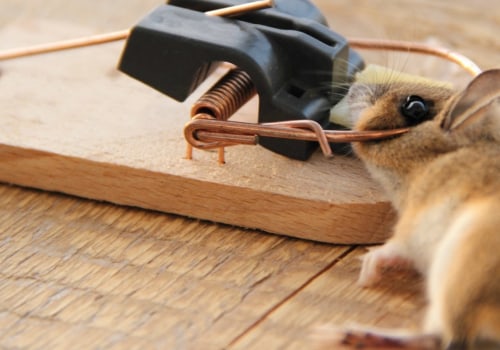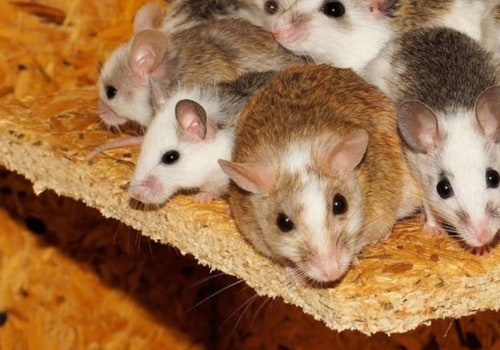The best way to prevent rodent infestation and contact with them is to remove food sources, water, and items that provide shelter for rodents. In addition to keeping predators and ultrasonic devices in your home, rodent traps are a more non-toxic method of rodent control. Traps are very effective against rodents if you use them correctly. If you opt for this method of rodent control, you will need to place a large number of traps in areas where you detect high rodent activity.
You can choose from a wide range of rodent traps for rodent and especially rat control: electronic traps, glue traps, spring traps and live traps. Foods such as cheese, peanut butter, bacon, and ground beef can be used as bait. Glue boards are a trap that has a base with glue. Once the rodent has been lured to the trap, it gets stuck in the glue and dies.
They are not as effective for rats, since rats can sometimes break free or simply drag the trap attached to their body. The most effective methods to eliminate roof rats are the use of rodent traps and baits. Remember to be patient when catching or baiting Roof Rats. All rats (but especially roof rats) are wary of new food or new objects in their environment.
They are always exploring their environment and will quickly notice even small changes. This suspicious nature may cause them to initially avoid new traps or bait placements. Once they have become accustomed to seeing new foods or new objects in their environment, they will begin to explore them. Once you place a bait or trap in a certain area, don't move it for 3 to 5 days.
Give them time to accept it. Using traps instead of toxic poisons provides visual confirmation of a captured rodent and allows you to better measure the effectiveness of the treatment. You can also get rid of rodents immediately instead of dealing with the bad smell of rotting corpses inside your walls or out of reach. Most importantly, using traps allows you to avoid rodenticides, which pose a greater threat of exposure to children, pets, and non-target wildlife, including endangered species.
Successful rodenticide treatment often requires multiple doses of poison, increasing the chances of unintentional exposure to natural predators such as cats or dogs. Visit our website 552 Williamson, RDMooresville, North Carolina, 28117 (33) 841-6111. This type of trap is useful for larger infestation, but since it is a live trap, once again, you should deal with rodents with caution. Rodent inspection, rodent exclusion and sanitation measures are essential in rodent control measures. Rodenticides are poisonous baits used to kill rodents and should be used in areas where pets and children cannot access them.
Using a multi-tactical approach to controlling rodents decreases the risk of dealing with future infestations, as an important piece of the puzzle is taking preventive measures, such as blocking access and eliminating food and water sources that attract rats and mice. Studies show that rats and mice consume rodent bait more easily when placed in bait stations. Rodenticide baits can be lethal to any mammal or bird that eats them and are not just poisonous to rodents. If you identify rogue rodents, there are several steps you should take to ensure the permanent elimination of these pests.
After bait has started, continue sanitation, removal of food sources, and shelter removal procedures to ensure they do not attract more rodents from areas close to your location. The strategic placement of nest boxes, combined with the use of traps and other preventive measures, will go a long way in managing rodent problems. However, if the rodent population is large, start with a high-quality rodent bait, to quickly bring down a population and prevent rapid growth. However, when choosing a pest control company, make sure that the professionals are highly trained and have extensive experience in the field.
While first-generation anticoagulants take multiple doses, the second generation of anticoagulants was created so that rodents that had become resistant to first-generation products would have an alternative permanent solution. . .




